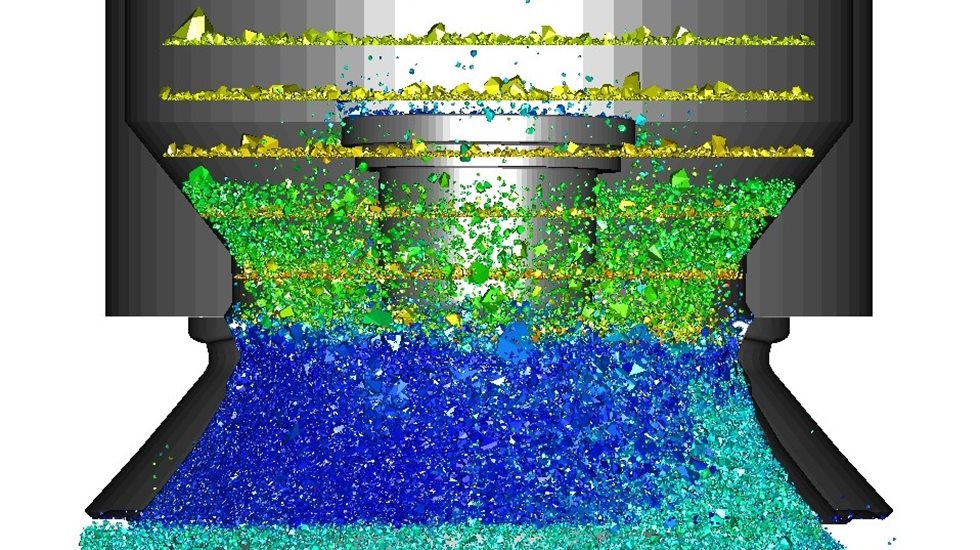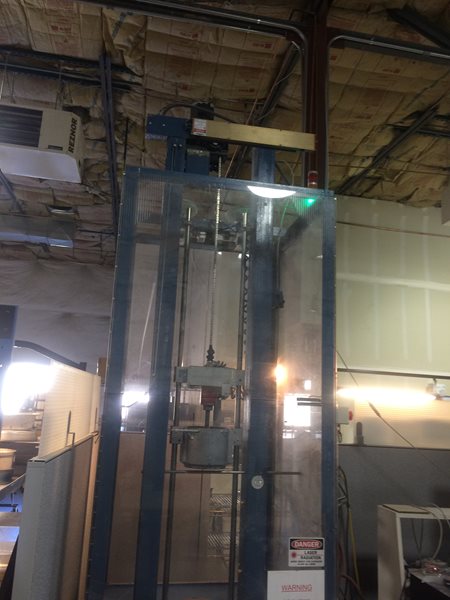In 1979, Peter Cundall, a civil engineer, pioneered a seminal numerical method to simulate granular motion. Later, this method was named the discrete element method, or DEM. In 1992, Raj K. Rajamani, professor at the University of Utah, developed a 2D version of the DEM program to simulate grinding mill operation. Ever since then, DEM has gradually entered research and development in the mining industry.
In 2002, Metso Outotec established its DEM team to develop 3D DEM programs to model various comminution devices, including several types of mill backends, mill liner wear, screens, chutes, crushers, magnetic separators and so on. In the development process, the DEM team has constantly faced challenges in finding the right balance for efficiency and accuracy: the latest parallel computing algorithm was introduced for efficiency, with subsequent updates as required. It was not easy to numerically define the physics of the comminution process and the task required several iterations and volumes of validation data. In the past twenty years, the DEM team has overcome those challenges and gained extensive experience in developing the DEM models. One of the most unforgettable experiences was the development of the fast breakage (FB) DEM model for crushers.
First, the DEM team succeeded in developing DEM models for most comminution devices, except for the cone crusher. In 2005, the team started to focus on the development of the cone crusher model. After several rounds of brainstorming, the team scientists decided to try a novel approach: the Fast Breakage DEM algorithm. In this algorithm, polyhedron particles are employed, energy criterion is used to determine if each of the particles is going to break or not; the Voronoi partition algorithm is applied to break a polyhedron particle into several daughter polyhedron particles, and finally a population balance model (PBM) is used to determine the size distribution of the daughter particles. While the implementation of the Fast Breakage DEM algorithm was difficult, the scientists successfully completed the code in one year. However, the real challenge was the validation that took six whole years to complete.




